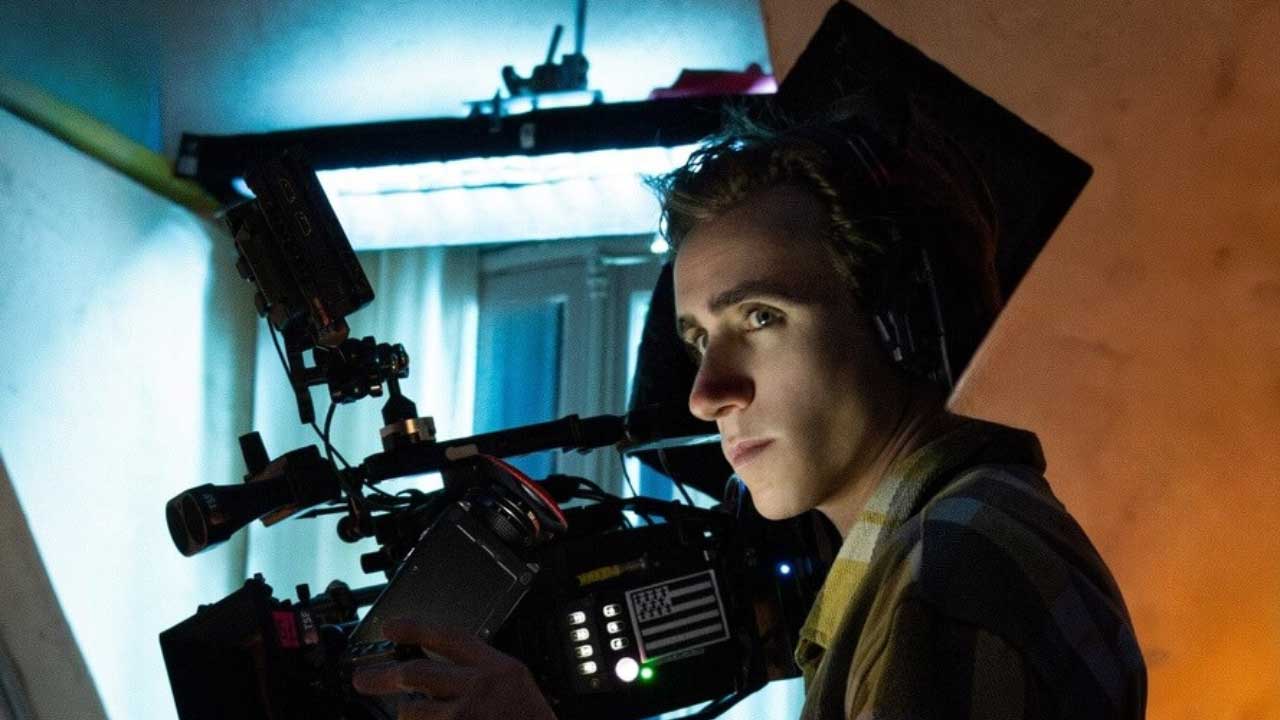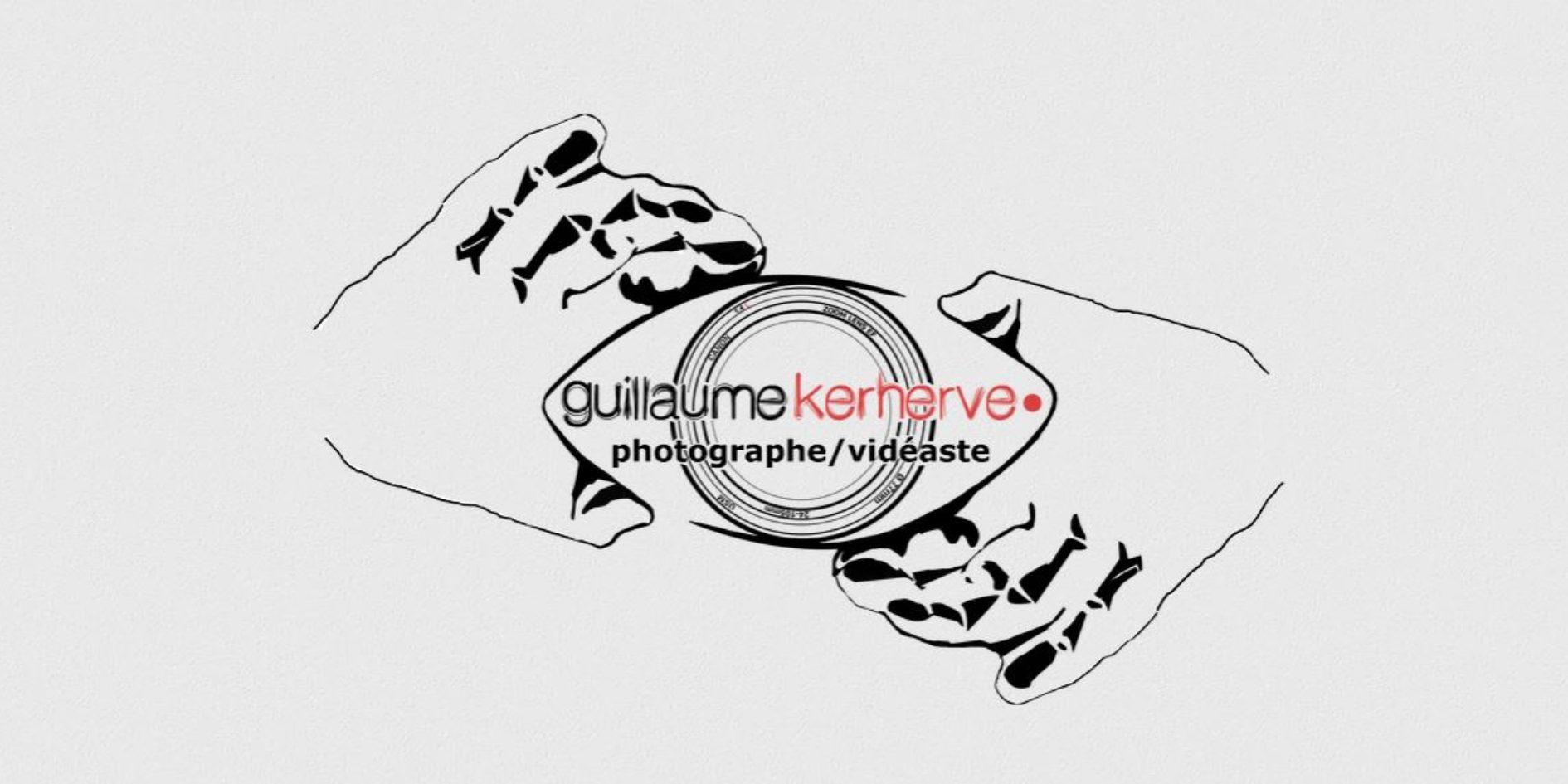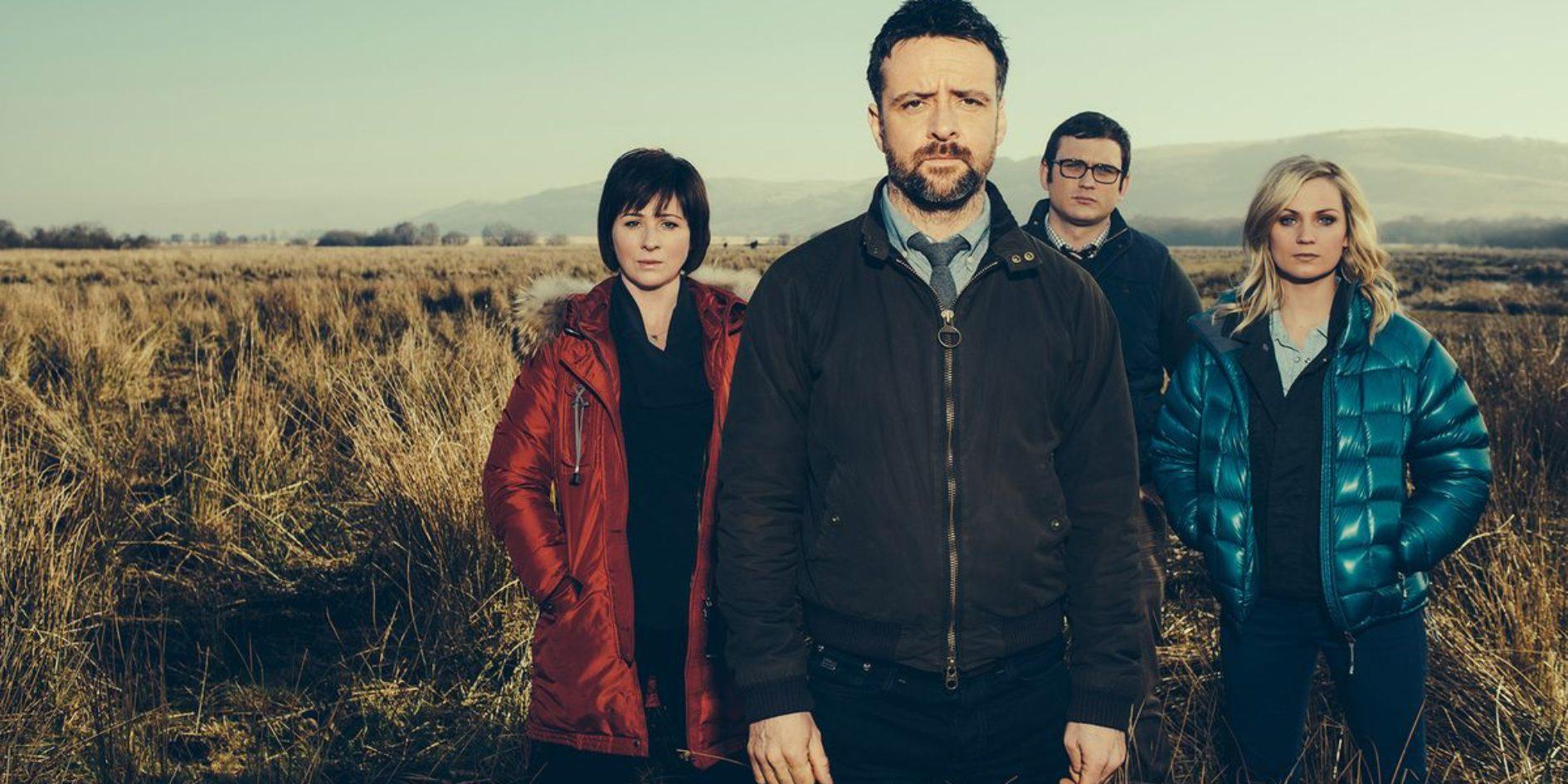Théo Fauger
Théo Fauger, 26, has had a passion for cinema from an early age, and has turned to the profession of cinematographer, an essential role in film production.

Can you introduce yourself and tell us about your job?
My name is Théo Fauger, I’m 26 years old, and I graduated from Cinécréatis five years ago. I majored in image during my training because I’ve always been passionate about cinema, ever since I was 4 or 5 years old. My job is cinematographer. I’m technically responsible for the image. This refers to the shooting and lighting work. I work closely with the director to ensure that his or her artistic vision for the film is reflected technically and artistically on screen.
What qualities are essential for this job?
I’d say you need to be a very sensitive listener and a good observer. These are important qualities if you are to understand the director’s vision and know how to translate it into images. It’s also crucial to have a good general knowledge of cinema, painting, music and literature. This culture feeds our vision and allows us to inject inspirational elements into our work. Finally, you have to be rigorous but also prepared to take risks, because it’s these trials and innovations that can give life to something unique.
What do you enjoy most about your job?
I’m most passionate about directing. For me, the image only has value if it’s in phase with the staging. A beautiful image or aesthetically pleasing lighting will have no impact if it’s not aligned with the narrative and the director’s intentions. Understanding these issues and succeeding in translating them visually is what motivates me most.
What was your academic background to reach this position?
After a vocational baccalaureate in audiovisual studies, I went straight to Cinécréatis. It wasn’t an easy path to take, because I wasn’t particularly academic, but I found that the environment at Cinécréatis was just right for me. What impressed me most at Cinécréatis was the network that I was able to build within my class. We were a very close-knit class, and even today I’m still in contact with around thirty of my fellow students, which is a huge thing in this business.
What has been your biggest challenge to date?
The biggest challenge is translating artistic concepts into technically successful images, while respecting the director’s vision. For example, I worked on a short music film with night scenes and cranes, which posed major technical challenges.
On your website, we can see that you have developed two inventions. Can you tell us more about them?
I’ve developed two inventions. The first is Stemiraxwas created for the narrative needs of a short film in which I wanted to visually represent the effect of light on a photosensitive epileptic character. To create it, I started by experimenting with an accessory from the 1950s that could be used to create 3D images. By modifying the initial object and its configurations, I designed a device that allows two angles to be filmed that are optically superimposed, creating a superimposed effect.
The second invention, the “Magic Shutteris directly inspired by a pre-cinema invention from the 19th century, the Praxinoscope, a system of rotating mirrors used to give the impression of a moving image. I built this device with Quentin Chevreaua friend and former member of Cinécréatis, simply out of curiosity and for the fun of it, with no intention of meeting any particular directing needs. It was all about experimenting and seeing how far we could go by revisiting these old technologies.
How has this benefited your work?
These inventions have enabled me to stand out in an environment where there is a lot of competition. The fact that I’ve created something unique attracts attention and interest,
especially when meeting industry professionals, like at the Micro Salon, where I was able to present my inventions to an international audience. It also helped me get noticed by agencies and develop my professional network. For me, the main benefit is to stand out visually and come up with unique solutions that enhance the staging.
What advice would you give to a student who wants to go into the same field?
I would tell them not to hesitate to test, to experiment, to set up projects, and above all to make images. It’s normal to feel intimidated by the complexity of this profession, but it’s by confronting it regularly that you learn and find your own way of doing things. You mustn’t be afraid to make mistakes, because that’s how you grow and develop your own legitimacy.


